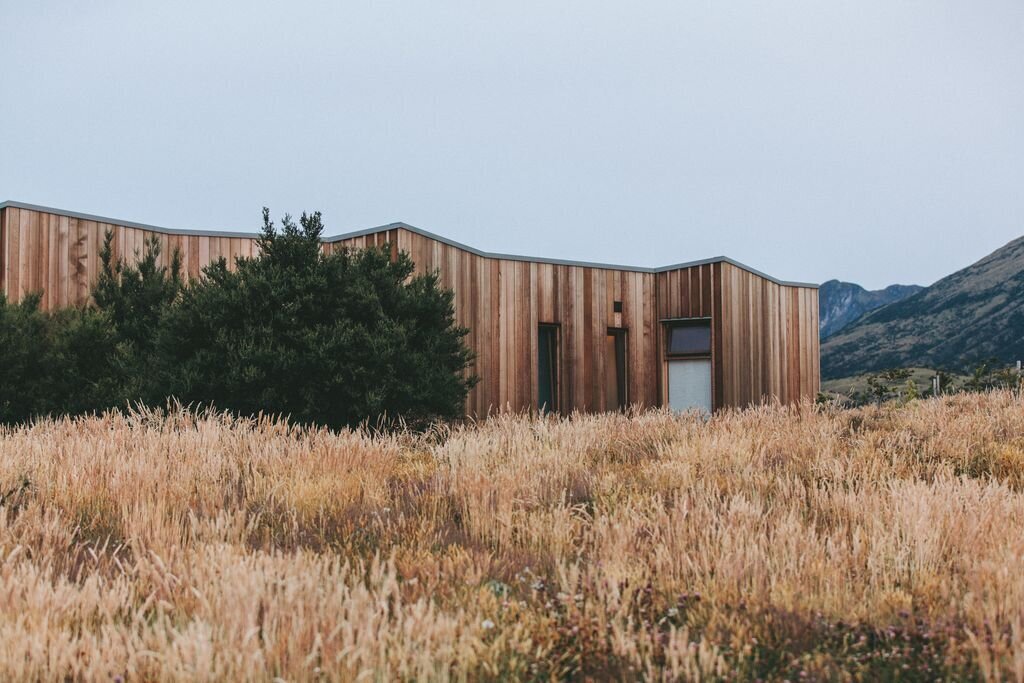In 1645, Father Isaac Jogues, on failing to establish a Jesuit mission on their land, was executed for practicing witchcraft. In 1666, the French burned Mohawk communities and the Jesuits successfully founded a mission, encouraging their converts to settle in the region. To combat French and Jesuit influences, the British sent communion silver for a chapel and promised to send Anglican missionaries. Sir William Johnson, the British superintendent of Indian Affairs, married Mary Brant of Mohawk Nation and enlisted her in the Seven Years' War (1756–63). In 1777, led by Thayendanegea (Joseph Brant), members of the Mohawk Nation joined the American Revolution. Brant defeated the Americans but was forced to abandon Mohawk lands. In 1794, they signed the Treaty of Canandaigua with the USA. Brant and his men received a grant from Governor Frederick Haldimand and established on the Grand River and the Bay of Quinte.
In 1869, Canada imposed the Gradual Enfranchisement Act (GEA) mandating fully elected, municipal-style, councils replacing traditional selection of chiefs. Women did not have the right to vote until 1951. This act, still part of the Indian Act today, has always faced some resistance. The Mohawk Nation in Bay of Quinte still use this system to elect one chief and 4 councilors on a 2-year cycle. Today, many Mohawk Nation members live across southern Canada and in some regions of New York. They are successful farmers and ironworkers who have a reputation for vigor in defending their rights and preserving their language and culture.


